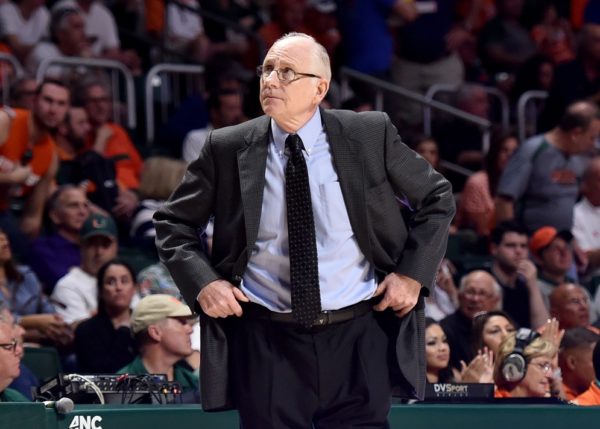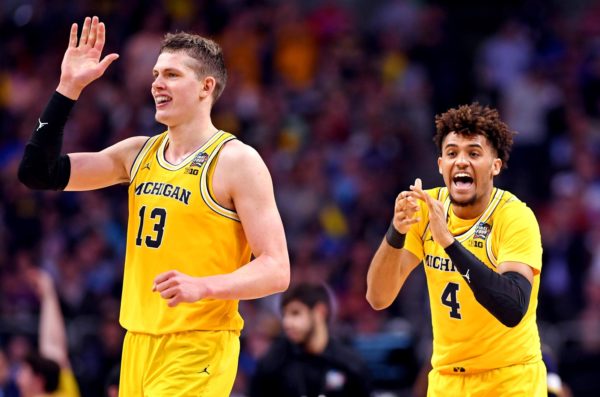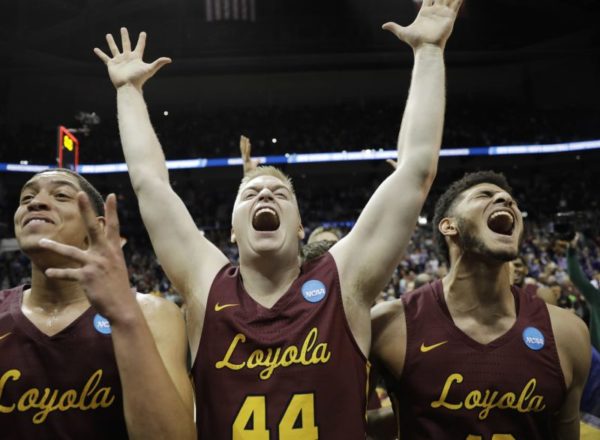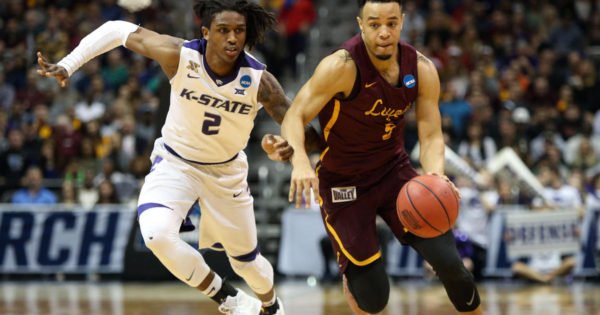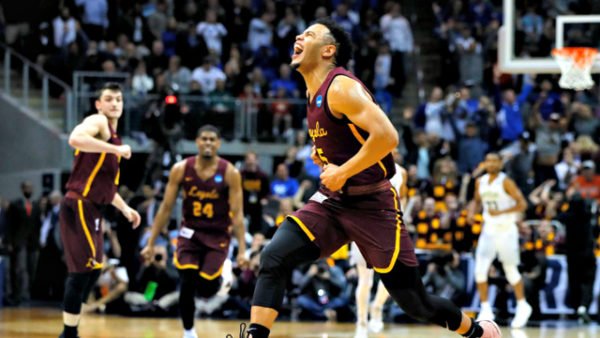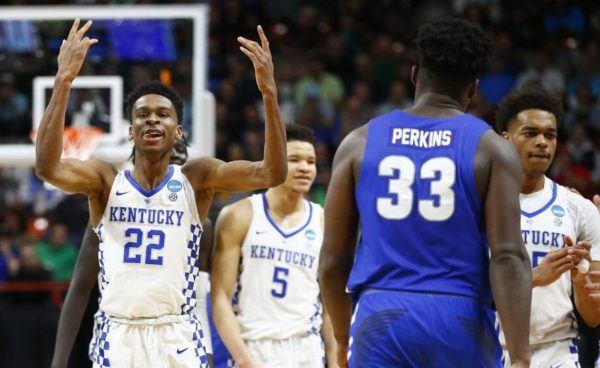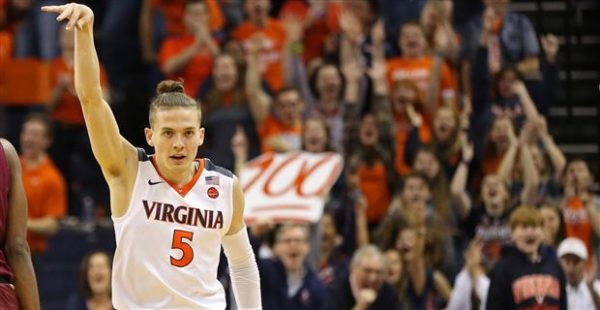Analytics vs. Experts: Teams to Watch The Projections Disagree About
Posted by Will Ezekowitz on November 13th, 2018As the college basketball season gets under way, everyone wants to get a read on their favorite teams. Does their on-court product match the preseason hype? For some teams, it depends on which preseason hype you considered. College basketball fans can seek either scouting/film-driven projections or analytics/model-driven projections. These two approaches usually tend toward some overlap, but not in every case. I have documented some of the bigger disagreements among top 50 teams below, and it will be interesting to watch which interpretation is borne out during the regular season.
NOTE: For the purposes of this article “Analytics” are mainly KenPom, BartTorvik, John Gasaway and some HoopLens and HoopMath thrown in. The “Experts” will be: the Top 25 polls, preseason conference polls, Matt Norlander’s #1-#353 rankings, and preview articles from NBCSports, ESPN, The Athletic and others, although many of those ranking systems also consider analytics as part of their methodologies.
Group 1: Loved by the Analytics, Hated by the Experts
Miami— KenPom: #20. AP Top 25: #33 (according to “Others Receiving Votes” section)
- Summary—lots of talent leaving, but hyper-efficient role players taking their place.
- What the experts say: Bruce Brown and Lonnie Walker are playing in the NBA, Ja’Quan Newton is also gone, and there are no impact newcomers other than graduate transfer Zach Johnson. This one seems simple — a #6 seed lost its three most talented players, so the Hurricanes will take a step back.
- What the analytics say: Brown, Walker and Newton were all talented, but none of them were that successful last year. To replace them, Jim Larranaga has productive big man Dewan Hernandez (formerly Dewan Heull), a sophomore jump expected from Chris Lykes, and a bunch of efficient role players led by three-point gunner Dejan Vasiljevic. And if you think 20th from KenPom seems aggressive, BartTorvik currently lists the Hurricanes at #8!
Creighton—KenPom: #35. AP Top 25: No votes received (52nd or higher)
- Summary—Four starters are gone, but Martin Krampejl and Greg McDermott are still around.
- What the experts say: Marcus Foster and Khyri Thomas are now playing professionally in addition to the losses of contributors Toby Hegner and Ronnie Harrell. Some feisty freshmen return, as does big man Krampejl from an ACL tear. However, as Matt Norlander notes while ranking the Bluejays 71st in his rankings, the fact that he’s their best player “slots Creighton as having the least impressive best player of any team in the Big East.” It’s rebuilding time in Omaha.
- What the analytics say: Norlander should show some respect for Krampelj’s name! Per HoopLens, the Bluejays were an astonishing 0.15 points per possession better defensively when he was playing last year, which is the difference between the fourth- and 180th-best defenses in the country. On the other side of the ball, McDermott has guided his offense into the top 60 nationally every season since 2012. Put the two together, and Creighton would appear poised to make the NCAA Tournament for a third straight year.
Penn State—KenPom: #35. AP Top 25: No votes received (52nd or higher)





























